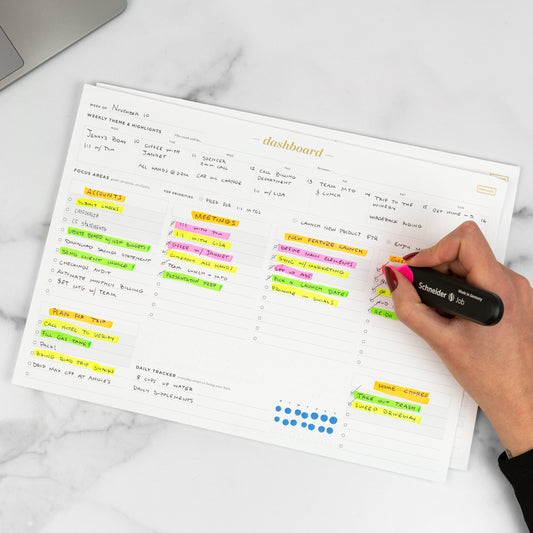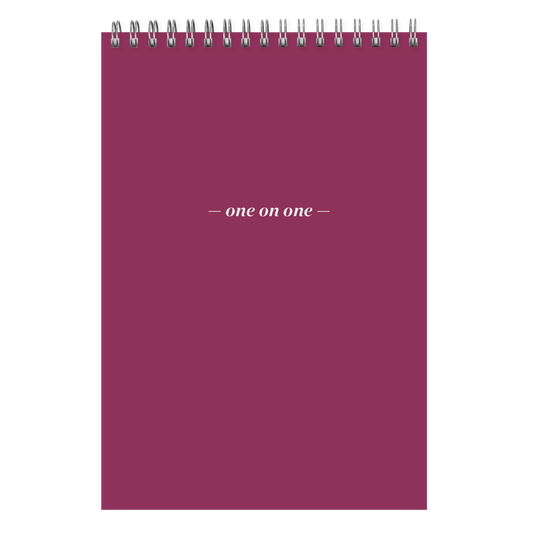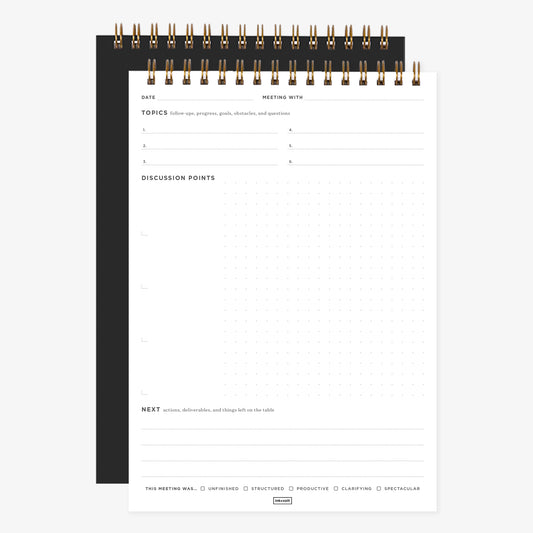If you’re looking for a simple and effective stress relief without having to spend loads of money or even leave your home, then you might want to give adult coloring books a try.
We’ve all heard the myriad benefits that coloring books can provide. From soothing your stress and anxiety to getting you into a meditative and creative state, as well as boosting your health, adult coloring books are a much-needed outlet for our demanding, fast-paced lives.
I love the Ink+Volt Inspirational coloring book because the stunning, intricate illustrations instantly draw me in and put my mind at ease. It’s so nice to take a break from the chaos of all the apps and touchscreens, and go back to our childhood tools of colored pencils and paper.
(Get free downloadable coloring pages here! Click here for a flower mandala and a luscious garden, each with an inspiring phrase.)
Each page also comes with an inspiring phrase to further empower your coloring session and bring you a sense of mindful calm. Add some bossa nova and a pine-scented candle, and you’ve got yourself a mini retreat in your own home!
If you’re in a creative mood and would like to add some artistic flourishes to your coloring book, here are some fun and useful tips on how to color.
How to choose your coloring tools
Just like in elementary school, you’ll want to make sure you have your favorite supplies on hand for coloring.
While it can feel cozy and comforting to use the colored pencils from your childhood, you might want to opt for a pencil of a higher quality, which will give you the ability to learn how to color using more sophisticated techniques, as well as add more texture and shade.
When choosing the right set, go for colored pencils that are wax-based rather than oil-based. Oil-based pencils tend to be hard, whereas wax-based pencils are softer and give you smoother, more even coverage on the page.
Don’t worry, you don’t have to break the bank for these higher quality pencils. We love this Palomino pencil set made with Japanese wax. It’s an affordable yet high quality option that produces beautiful, vibrant color and goes smoothly on the page. Plus, it’s a versatile pencil that can color intricately detailed patterns as well as larger designs.
We also some gel pens, brush pens, markers, and glitter pens for coloring. You could even use watercolor paints, if you're feeling really creative!
Maintaining your coloring tools
Make sure to sharpen your pencils regularly so you can have more control while you color. A finer point allows you to use less pressure while you’re coloring and lets you color in detailed and intricate designs with more precision.
Store your coloring tools in a case, as opposed to just throwing them in a drawer or plastic bag. This will allow your pencils to lie flat and maintain their points, and they won’t accidentally draw on each other, muddling your colors for later. This is also important for markers and brush pens so that the ink doesn't pool or leak. Make sure marker and pen caps are applied firmly so that your ink won't dry out.
How to color using a color wheel
The great thing about a coloring book for adults is that you don’t have to stress over trying to create a beautiful illustration - it’s already been done for you! But you’ll still want to get your creative juices flowing and have fun choosing the perfect colors for your design. A great way to figure out what colors to choose is to use a color wheel.
A color wheel is basically the color spectrum in a circular form, and it allows you to easily identify colors that pair well together.
Trying to figure out all the different color possibilities for a design can be overwhelming. A color wheel pretty much does the work for you and will help you determine the best color combinations based on their relationship in the spectrum. (Fun fact: Isaac Newton created the first color wheel in 1666!)
Here are some versatile color combinations you can use when deciding how to color your design:
Analogous colors
In this combination, choose three colors that are adjacent to each other on the color wheel. For example, a darker blue color and two lighter blues that are next to it. One of these three colors should be the dominant one while the other two hues should support it.
Complementary colors
In this color scheme, choose two colors that are on opposite sides of the color wheel. The contrast of the two colors will immediately grab the eye and almost vibrate. You might want to use this combination sparingly if you want a sense of balance in your color scheme, or you can feel free to go wild and add pops of color throughout. A popular combination in the complementary category is red and green.
Now that we know a little more about what colors pair well together, let’s take a look at different coloring techniques.
How to block color
The most basic of coloring techniques, block coloring simply means filling in a shape with your colored pencil. This is deceptively harder than it would seem, as we may recall from our childhood coloring days when we’d try to stay within the lines!
But once you get the hang of block coloring and get more comfortable with how to grip your pencil and apply gentle pressure, you can move on to other, more complex techniques like shading, hatching, stippling, or even blending colors.
How to color using the right amount of pressure
If you apply too much pressure on your pencil, you risk breaking it, or producing a color that has an uneven look.
As an alternative, try holding the pencil as if you were going to write with it and apply a light touch. Then color in with your pencil using small, circular motions to get a smooth, balanced finish.
If you're using a marker or brush pen, you'll also need to be mindful of the pressure you apply while coloring to avoid the ink bleeding outside of the area you want to fill in. A light touch is often far more effective than a heavy one.
How to color using layers
Try layering your color for a deeper effect. This means you color in one layer and then go over parts of that same layer with the same pencil or pen. You can add more layers depending on how vibrant you’d like your hue to be or how much visual depth you want to create.
Feeling confident in your coloring? If you’d like to learn how to color using cross-hatching and stippling techniques, you can read about them here.
And don’t forget to download this free Ink+Volt coloring page so you can start practicing these techniques and experience the benefits of coloring today.








